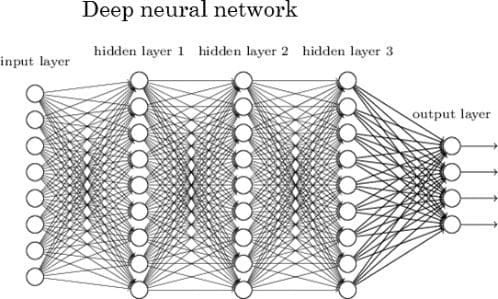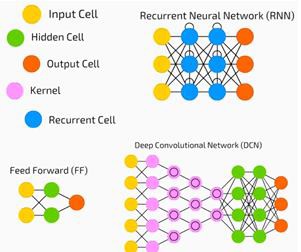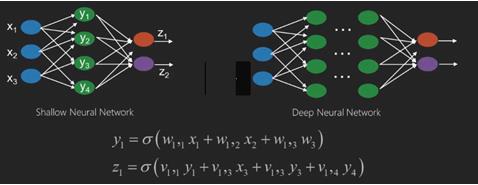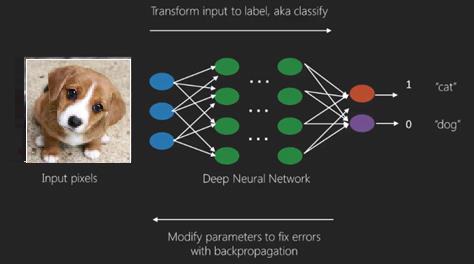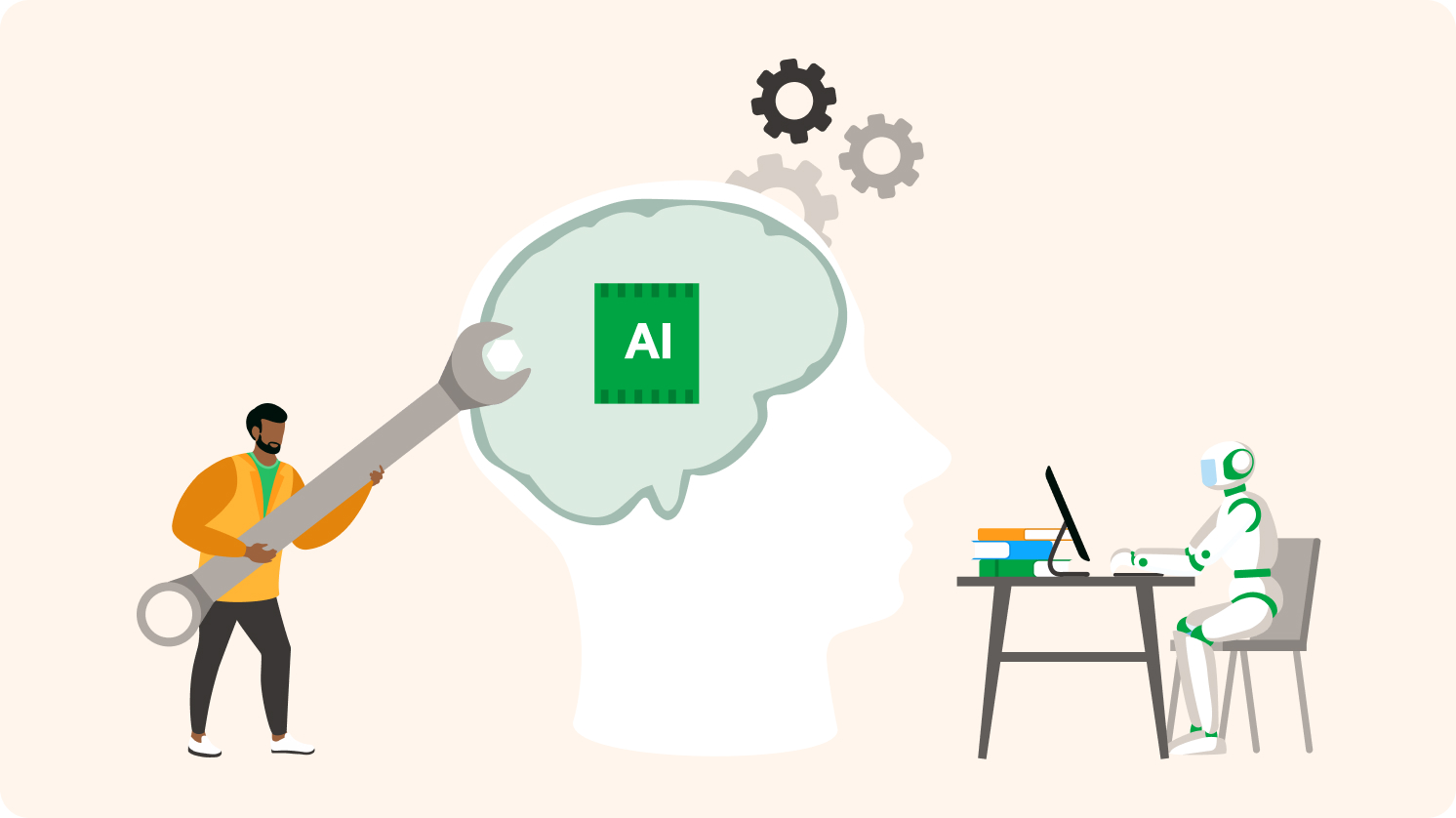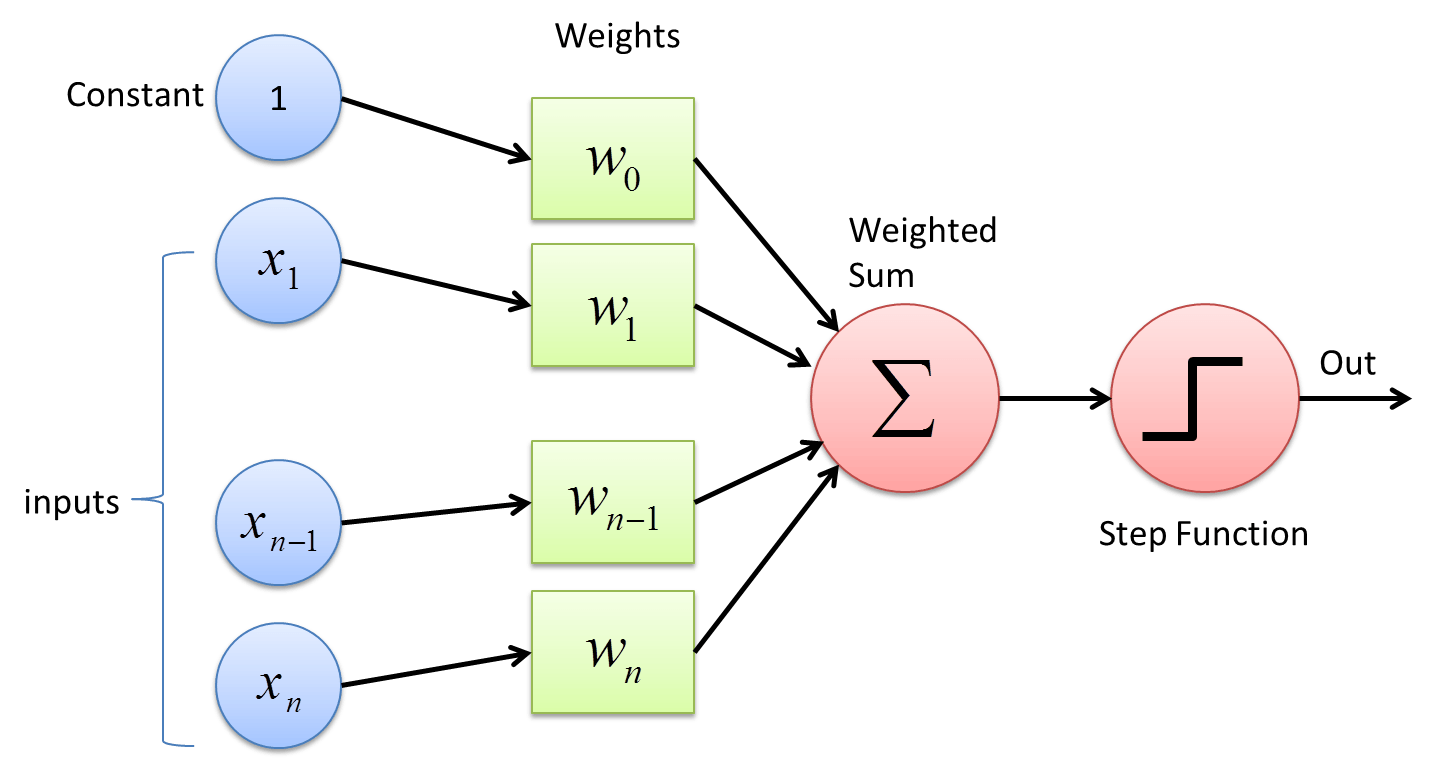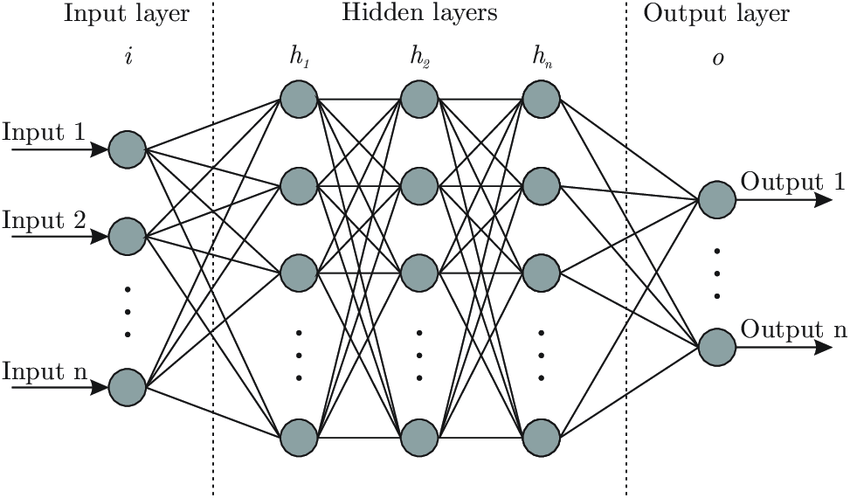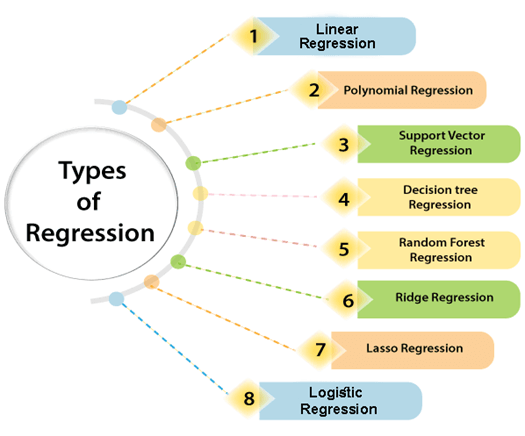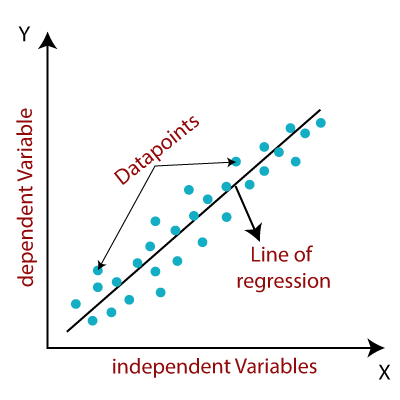
Self-driving or driverless cars are vehicles that can travel along a pre-established route with no human assistance. Most self-driving cars in existence today do not rely on a single sensor and navigation method and use a variety of technologies such as radar, sonar, lidar, computer vision, and GPS.
As technologies emerge, industries start creating standards to implement and measure their progress. Driverless technologies are no different. SAE International has created standard J3016, which defines six levels of automation for cars so that automakers, suppliers, and policymakers can use the same language to classify the vehicle's level of sophistication:
Level 0 (No automation)
The car has no self-driving capabilities. The driver is fully involved and responsible. The human driver steers, brakes, accelerates, and negotiates traffic. This describes most current cars on the road today.
Level 1 (Driver assistance)
System capability: Under certain conditions, the car controls either the steering or the vehicle speed, but not both simultaneously.
Driver involvement: The driver performs all other aspects of driving and has full responsibility for monitoring the road and taking over if the assistance system fails to act appropriately. For example, Adaptive cruise control.
Level 2 (Partial automation)
The car can steer, accelerate, and brake in certain circumstances. The human driver still performs many maneuvers like interpreting and responding to traffic signals or changing lanes. The responsibility for controlling the vehicle largely falls on the driver. The manufacturer still requires the driver to be fully engaged. Examples of this level are:
• Audi Traffic Jam Assist
• Cadillac Super Cruise
• Mercedes-Benz Driver Assistance Systems
• Tesla Autopilot
• Volvo Pilot Assist
Level 3 (Conditional automation)
The pivot point between levels 2 and 3 is critical. The responsibility for controlling and monitoring the car starts to change from driver to computer at this level. Under the right conditions, the computer can control the car, including monitoring the environment. If the car encounters a scenario that it cannot handle, it requests that the driver intervene and take control. The driver normally does not control the car but must be available to take over at any time. An example of this is Audi Traffic Jam Pilot.
Level 4 (High automation)
The car does not need human involvement under most conditions but still needs human assistance under some road, weather, or geographic conditions. Under a shared car model restricted to a defined area, there may not be any human involvement. But for a privately-owned car, the driver might manage all driving duties on surface streets and the system takes over on the highway. Google's now defunct Firefly pod-car is an example of this level. It didn't have pedals or a steering wheel. It was restricted to a top speed of 25 mph and it was not used in public streets.
Level 5 (Full automation)
The driverless system can control and operate the car on any road and under any conditions that a human driver could handle. The "operator" of the car only needs to enter a destination. Nothing at this level is in production yet but a few companies are close and might be there by the time the book is published.
It is certainly possible to envision a driverless vehicle that looks more like a living room than the interior of our current cars. There would be no need for steering wheels, pedals or any kind of manual control. The only input the car would need is your destination, which could be given at the beginning of your journey by "speaking" to your car. There would be no need to keep track of a maintenance schedule as the car would be able to sense when a service is due or there is an issue with the car's function.
Liability for car accidents will shift from the driver of the vehicle to the manufacturer of the vehicle doing away with the need to have car insurance. This last point is probably one of the reasons why car manufacturers have been slow to deploy this technology. Even car ownership might be flipped on its head since we could summon a car whenever we need one instead of needing one all the time.

